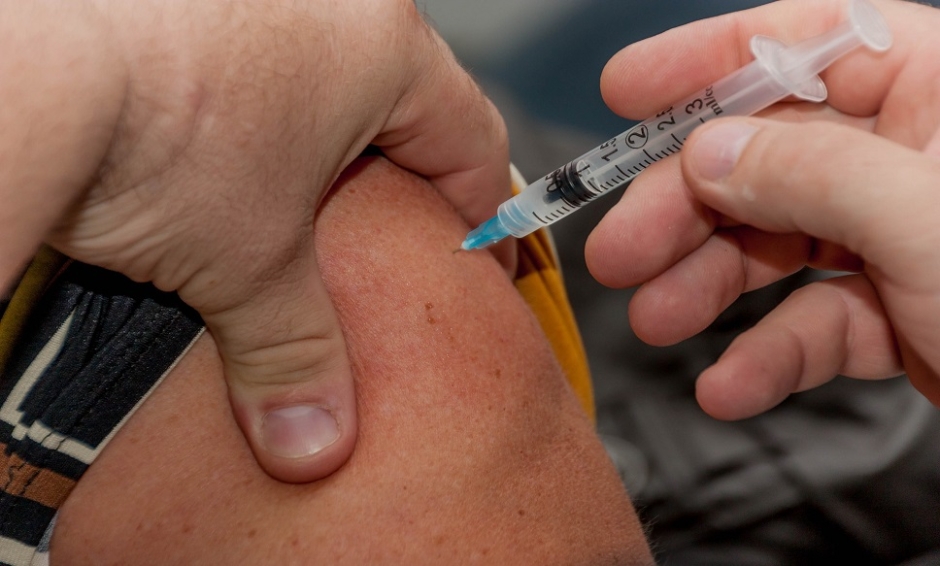MODIFYING existing ‘virus-like particles’ (VLPs) to create more stabilised structures could represent a new approach to developing more practical poliovirus vaccines, researchers have reported.
VLPs undergo damaging changes when exposed to heat, which makes them unusable as a poliovirus vaccine unlike their success as vaccines for the hepatitis B and human papilloma viruses. By stabilising the VLPs, and creating ‘empty capsids’, scientists could provide a suitable replacement for poliovirus vaccines that do not require the growth of a live virus. Current methods of vaccine manufacture involve the growth of large quantities of the virus, which is then chemically killed, creating a dangerous risk of the virus escaping into the environment.
“Our new method of creating the vaccine has been proven to work in lab conditions and on top of that we’ve proved it’s actually more stable than existing vaccines,” said co-lead author of the study paper, Prof David Rowlands, from the University of Leeds, Leeds, UK. “The improved stability of these modified VLPs means that they can be produced using bioengineering techniques without involving the growth of live virus.” The scientists proved their new approach in a lab experiment involving PV-1 RNA, virus-infected HeLa cells, and RNA-transfected mouse L cells. Further research is now planned using animal models to ensure the new stabilised VLPs are safe and effective for use in humans.
Polio is close to being eradicated across the world and the team feel that their new vaccine should be introduced to ensure that the virus does not recur once it has been officially declared as extinct. Prof Nicola Stonehouse, co-lead author of the study paper and also from the University of Leeds, said: “The international drive to eradicate polio using existing vaccines continues, but methods need to be found to maintain vaccination safely as insurance after it appears to have been eradicated. This is when our approach will come into its own. Further research is needed to refine them more but we are confident they will work for all three forms of polio. After that we need to find a way to manufacture them cost effectively on a large scale.”
Jack Redden, Reporter








